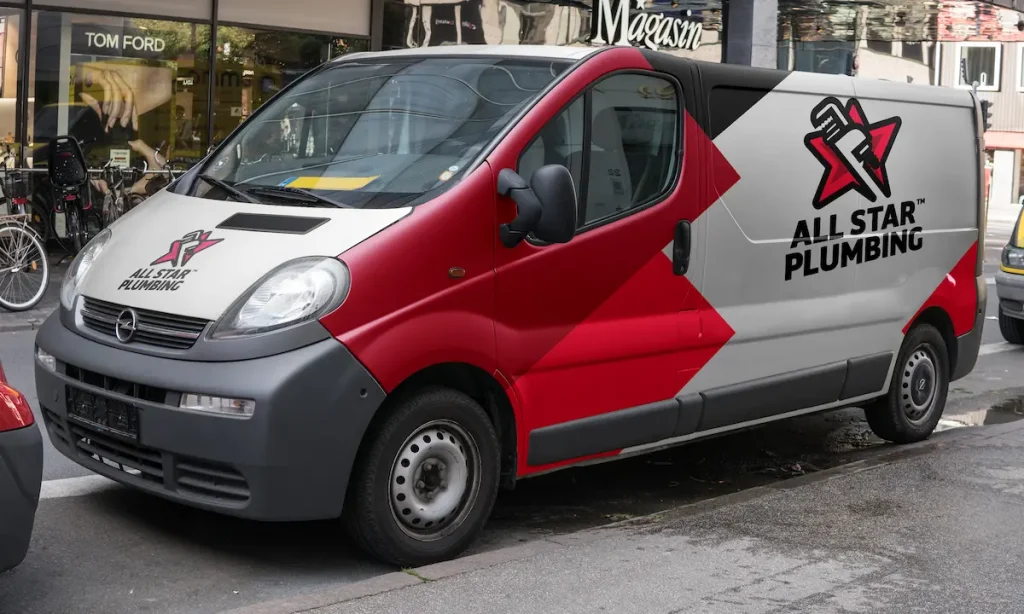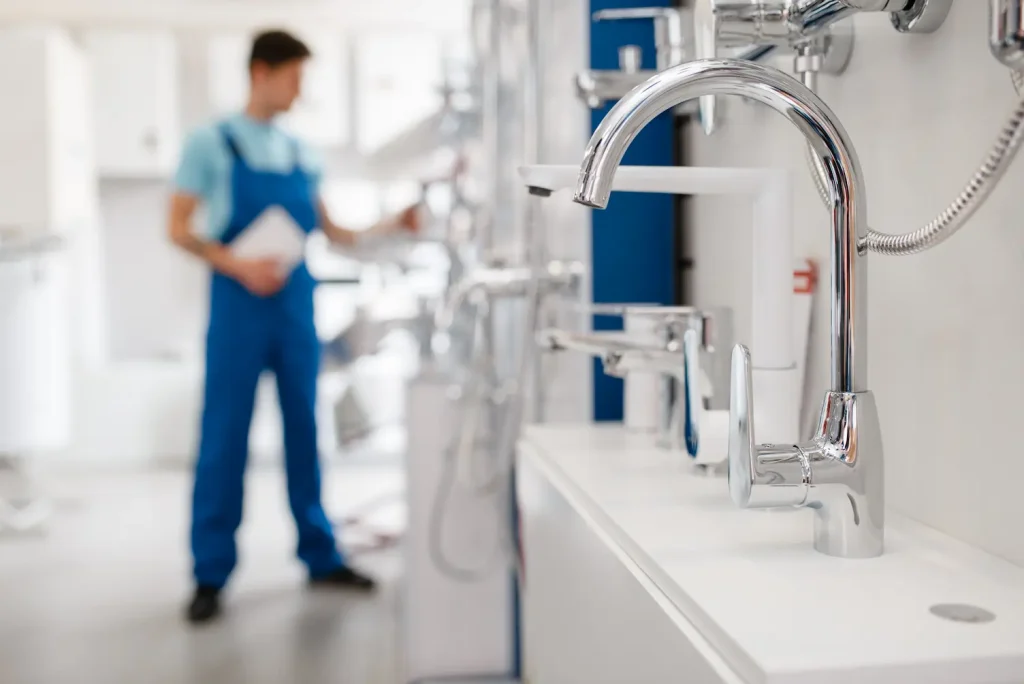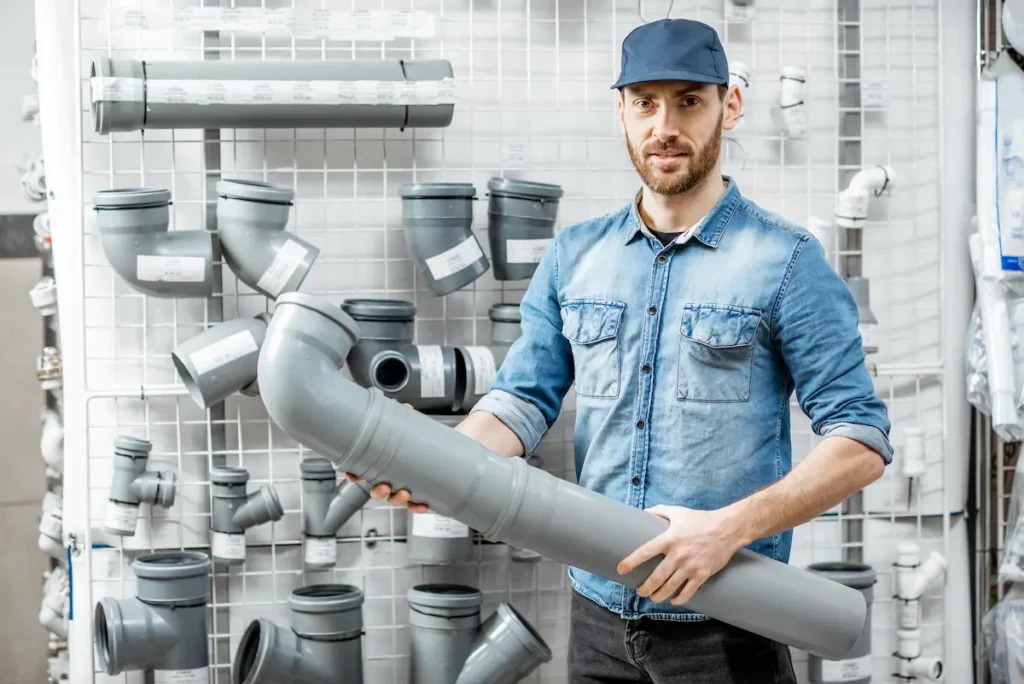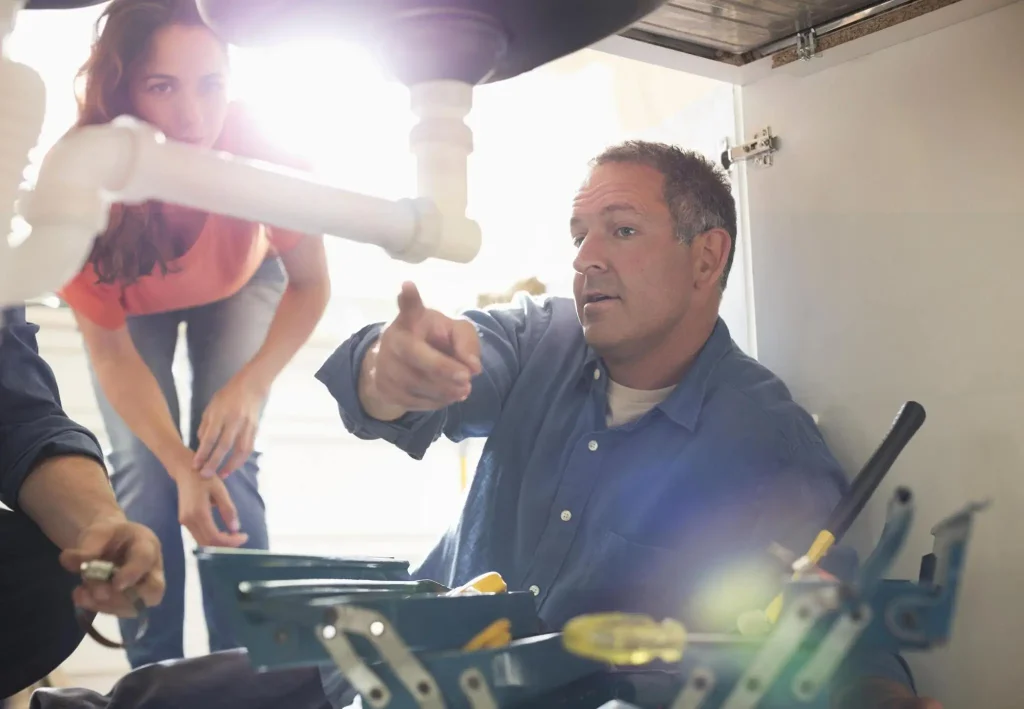Your Trusted Plumber in Archdale, NC
We Keep Your Water Running Smoothly

About Us
For over 27 years, All Star Plumbing has been the go-to source for top-notch plumbing solutions in Archdale, NC. We’re a family-owned business that treats every customer like our neighbor because we are part of this community, too. Our team of licensed, insured, and highly trained technicians is committed to delivering exceptional service and lasting results. Whether it’s a leaky faucet, a well pump installation, or any plumbing challenge in between, we’ve got the skills and dedication to handle it. Our commitment to continuous training ensures we’re always up-to-date with the latest plumbing technologies and methods. We’re not just fixing pipes but building trust and ensuring your comfort and safety.

Residential Services
Got a drip, a clog, or need a new water heater? All Star Plumbing has your home covered. From the bathroom to the kitchen and even outside, we fix leaks, unclog drains, install shiny new faucets, and make sure your water is hot when it should be. We’re the go-to plumbers in Archdale, NC, ensuring every home has stress-free plumbing. Our friendly experts are always ready to help, making plumbing problems a thing of the past.

Commercial Services
Businesses in Archdale, NC, listen up! All Star Plumbing is here to keep your plumbing in tip-top shape. Whether it’s a restaurant, office, or shop, we handle big jobs like fixing sewer leaks, cleaning out drains, and ensuring your water heaters can handle the busiest days. We understand time is money, so we work fast to fix your plumbing without disrupting your business. Let us take care of the pipes so you can focus on your work.

Emergency Services
Plumbing emergencies wait for no one! That’s why All Star Plumbing offers 24/7 emergency services in Archdale, NC. Night or day, rain or shine, if you’ve got a plumbing crisis, we’re there in a flash. Leaks, clogs, no water, or sewer woes, we tackle them all with speed and a smile. Don’t let a plumbing emergency dampen your day; call us, and we’ll fix it immediately.
Why Work With Us
When you’re in a plumbing pinch, you need an emergency plumber in Archdale, NC, who’s quick, reliable, and ready to help at a moment’s notice. That’s where we come in.
- Rapid Response Times: When you call us with a plumbing emergency, we’re on it fast. No waiting around—just quick, efficient help when you need it most.
- Expert Technicians: Our team is packed with licensed and insured professionals who know their stuff. They fix problems right the first time, giving you peace of mind.
- Transparent Pricing: No guesswork here. We give you clear, up-front pricing before we start. That means no surprises on your bill, just fair, honest costs.
- 24/7 Availability: Plumbing problems don’t clock out, and neither do we. Day or night, weekend or holiday, we’re ready to tackle your plumbing emergencies.
- Customized Solutions: Every home and situation is unique. We listen to your needs and provide personalized solutions that fit your plumbing challenges perfectly.
When plumbing problems plunge your day into chaos, remember there’s a team ready to turn things around. For quick fixes and lasting solutions, give us a call. Let’s flush those problems away and keep your water flowing just right.


Choose The Best For Your Home
Got a plumbing problem in Archdale, NC? Don’t wait! Call All Star Plumbing now. We’re your friendly neighborhood plumbers, ready to tackle any job you’ve got. From drippy faucets to big emergencies, we’ve got your back. Let’s get your plumbing perfect. Call us today!
service areas
Give us a call if you require plumbing services, such as emergency services, residential services, and commercial services.

